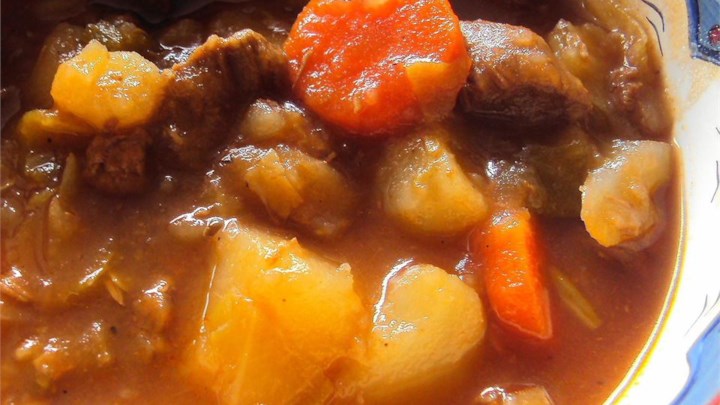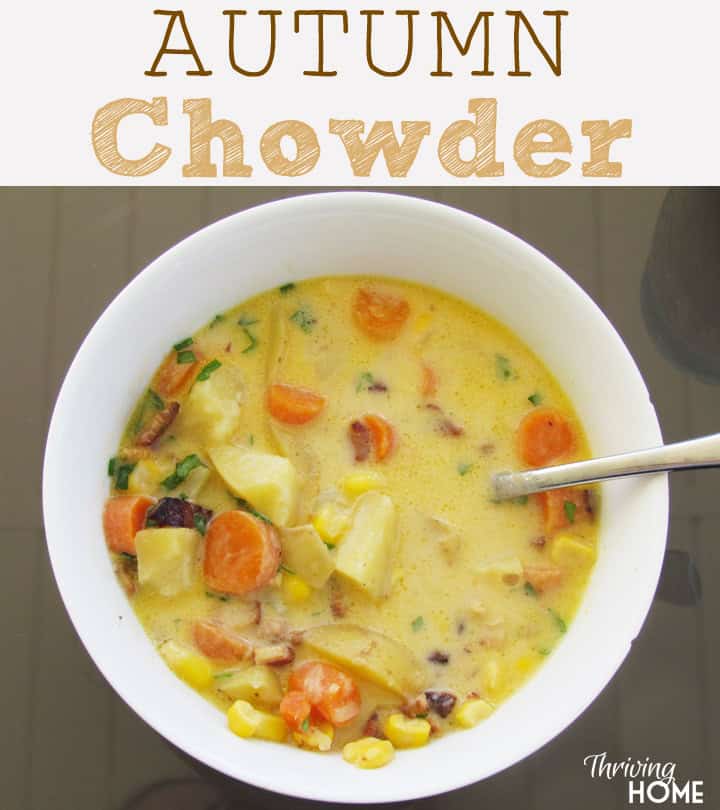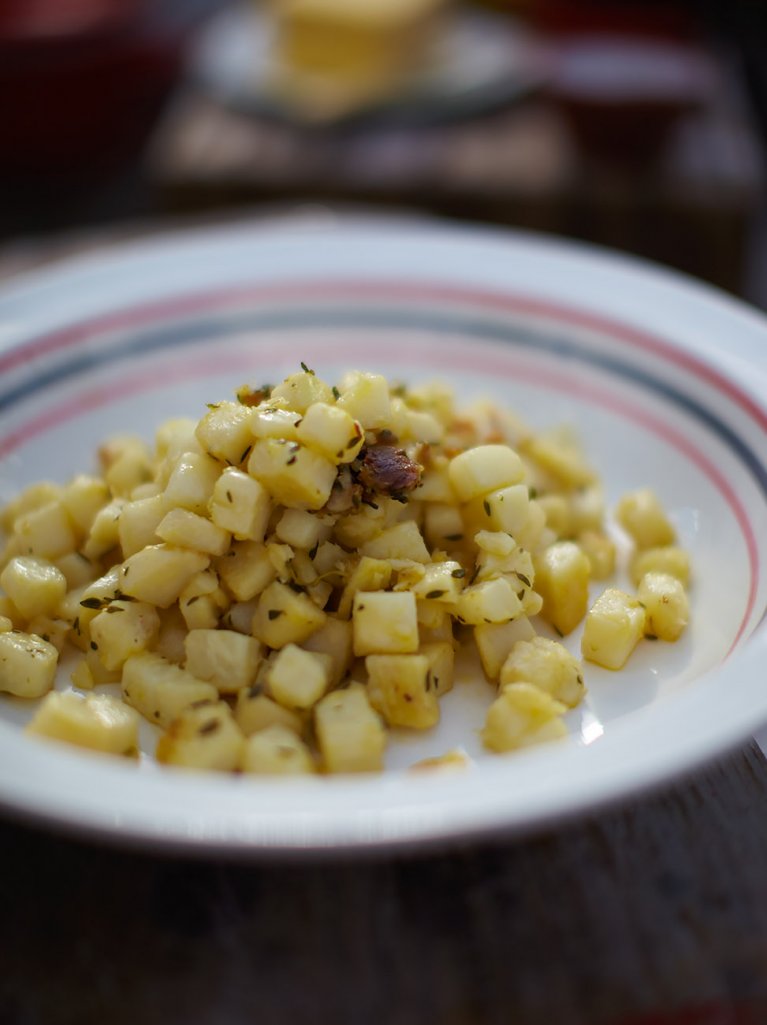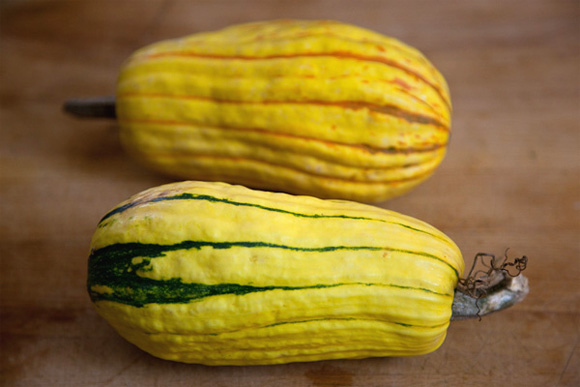Farm Update
 |
Look at this lovely planting of lettuce, which will be in the
shares this week! |
Hello
everyone! We hope everyone is staying
warm during this chilly weekend! Don’t
be surprised if there are a few minor changes to the CSA options this week as we
see the effects of the freezing temperatures over the weekend. We are hopeful that most cold-hardy crops
will do well through the freeze since things have had several weeks to acclimate,
but nothing is for sure. This last week
has been mostly about harvesting and preparing for freezing weather. Fred covered one of our main broccoli
plantings that we hope to have for next week, and he also prepped the small
greenhouse for being heated once again. The
workload has started slow down, but it has also been a little harder as the
cold makes working outside less productive than in warmer weeks. Looking out at the farm, it is easy to see
that things are winding down as the main green areas are our cover crops and
the few plantings that are still producing veggies for the next few weeks. The
ever-present frogs and snakes have also started to leave us, and the grass and
areas that surround the farm are turning browner. We have a really nice planting of lettuce in
the coldframes right now, which is where almost all of the lettuce is likely to
come from this week.
For those of
you in the Lansing and Midland drop-offs and delivery routes, this will be your
last week of veggies for the 2015 season.
For those of you in the Alma and Mt. Pleasant areas, you still have this
upcoming week and the following week since you started a week later in June. We
have really enjoyed working with all of you in the CSA this year, and if you
have any feedback or suggestions that will help make your share or CSA
experience better, we would love to hear from you as we will quickly enter the
planning stage for 2016 soon. Also, if
you are interested in signing up for next year, just let us know and we’ll get
you set up for the 2016 season!
What to Expect in Your Share This Week
At the regular drop-offs:
- Sweet potatoes or potatoes
- Spinach, winter squash, or Brussels sprouts
- Carrots
- Lettuce
- Broccoli or beets
- Kale or cabbage
- Onion or shallot
For home/workplace delivery:
A Share: B Share:
Sweet potatoes Potatoes
Winter squash Spinach
Carrots Carrots
Lettuce Lettuce
Beets Broccoli
Kale Cabbage
Shallot Onion
Veggie Spotlight: Spinach
 |
Back in the spring, we uncovered last fall's planting of
spinach to find it waiting for us, ready to eat! |
Though
referenced a bit earlier in Persian writings, one of the earliest recorded
accounts of spinach being cultivated was in the 7th century, when the King of
Nepal gave it to the Chinese as a gift. During the Moorish empire, spinach
first entered Europe through Spain by Arab agronomists who developed the spinach
we think of today. There it grew immensely in popularity and was famously loved
by Catherine de Medici, who requested that she have it for every meal. Even
though spinach is now popular here in the United States, by far most of the
world’s spinach is still consumed in Asia. In fact, even though the US is the
world’s second leading producer at 3%, China actually produces 85% of the
world’s spinach (though this data is almost 10 years old). Spinach has been an
outstanding crop for northern small farms like ours, because our cooler climate
helps it to be darker, thicker, and more flavorful than California spinach.
It has a unique ability to
withstand extremely cold temperatures (well below 0 degrees Fahrenheit) as long as it does not
get exposed to too much wind
while frozen. This cold hardiness comes from its origins back in Persia where
it would sprout in the fall, withstand the cold of winter, and flower in the
spring.
We actually grow more spinach at the farm than many folks in
the CSA realize, because it is most abundant at our farm earlier and later than
the normal CSA season. This spring
especially, our overwintered spinach did extremely well for a good mid-to-late
May crop. It is always one of the last
and first crops we seed every season.
Currently, spinach at the farm is seeded using our field seeder, which
can be modified to seed our coldframes as well. Spinach is seeded in early to
mid-March in the coldframes and is able to germinate at low temps. When it is
up it is usually very frost hardy. The first field seeding of spinach was early
this year (on March 30th), and we immediately covered it with our
clear perforated plastic tunnels, which act like mini-coldframes. Spinach takes a lot of fertility, so we
always put down extra manure pellets before planting. This year we grew two varieties: the
traditional Tyee and a new variety called Ashley. The spinach you can get in your share this
week is the Ashley type, and we have been impressed with the dark green leaves
and nutrient-density of this new variety.
We have started talking to some seed companies to see what other new
varieties might be coming out that have the nice dark leaves, but also display
better heat tolerance than current varieties.
Better breeding work will be required to get more weeks of spinach into
the shares as breeders adapt new varieties to deal with heat stress, which is
the main limitation we face trying to grow spinach in the summer. Growing the Ashley variety we were able to
get two more week of spinach this season than we would have had with just the
old Tyee variety.
 |
Here is a planting of spinach under a covering of clear plastic.
The plastic will help insulate the spinach through the long
winter so we can eat it early in the spring. |
One thing that makes spinach unique compared with other veggies
we grow is that we seed it in the fall for a crop next spring. When Fred grew
spinach in Ohio he could reliably count on the spinach planted in the fall to
come back for a great early spring crop, but with harsher temps and longer
winters here in central Michigan we have to cover it to get it to survive reliably.
In winters with lots of snow cover, the spinach comes back very well regardless
of low temperatures, because the snow actually has an insulating effect on the
plants beneath it.
Spinach is considered a superfood because it is absolutely
packed with vitamins and nutrients, ranking just behind things like kale for
its nutrient content. We are glad to have it in the shares and our table again,
and hope you enjoy this unique and tasty green this week as well!
Recipes
If you are like me, you are now totally excited to get some yummy spinach meals on the table! Here is a recipe for
Garlic Parmesan Chicken (with lots of sauteed spinach!) to get you started. Totally delicious, fast, and so easy even I can do it! :-)



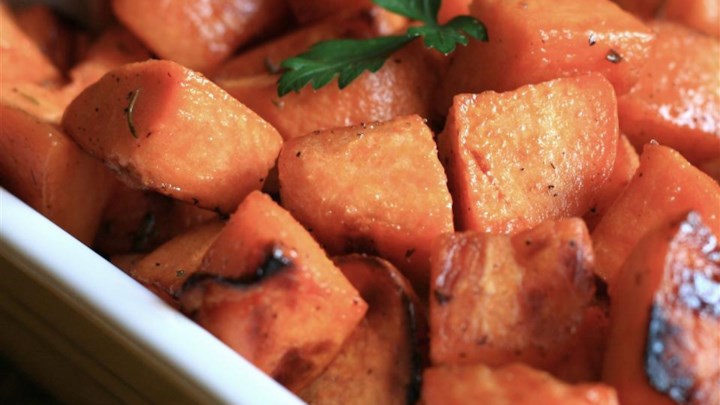 When I was a kid, I thought I didn't like sweet potatoes because we only ever ate them at Thanksgiving, and only mashed up and topped with mini-marshmallows. If you are partial to that particular preparation, knock yourself out. But if like me, you prefer your sweet potatoes unmashed and un-marshmallowed, try out these Honey and Rosemary Sweet Potatoes as a delicious alternative for Thanksgiving!
When I was a kid, I thought I didn't like sweet potatoes because we only ever ate them at Thanksgiving, and only mashed up and topped with mini-marshmallows. If you are partial to that particular preparation, knock yourself out. But if like me, you prefer your sweet potatoes unmashed and un-marshmallowed, try out these Honey and Rosemary Sweet Potatoes as a delicious alternative for Thanksgiving!

